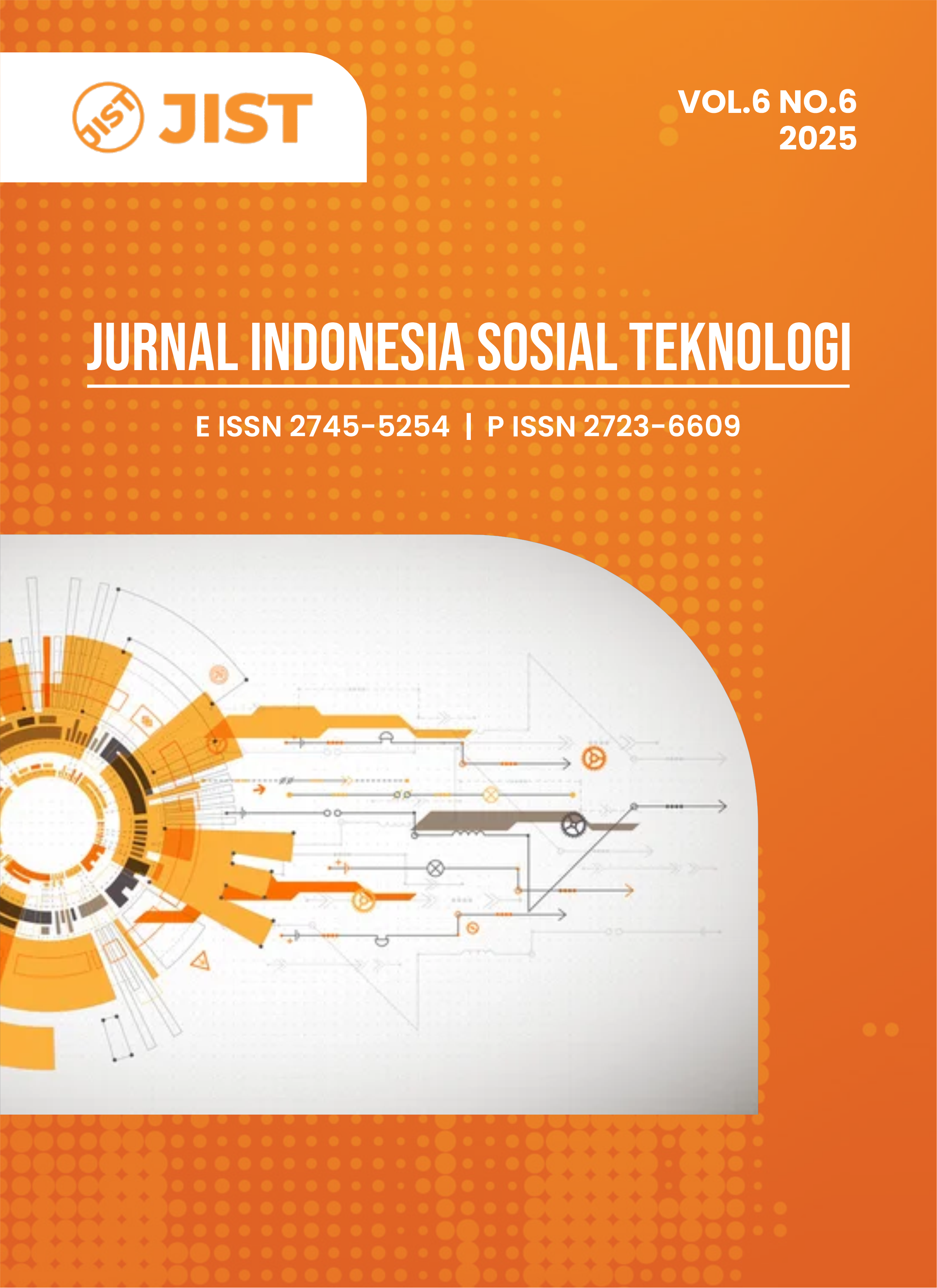The Role of Peer Review in Enhancing Understanding of Domain Class Diagrams for Information Systems Undergraduates
DOI:
https://doi.org/10.59141/jist.v6i6.9064Keywords:
peer review, domain class diagram, undergraduate information systems educationAbstract
This study explores the use of peer review as a pedagogical strategy to improve undergraduate students’ understanding of domain class diagrams in an Information Systems course. The research examines students’ experiences and perceptions of peer feedback during a domain class diagram modeling task. Quantitative data were collected through a Likert-scale survey, while qualitative insights were gathered from open-ended responses. Findings show that students generally perceived peer review as beneficial for reinforcing conceptual understanding, promoting critical thinking, and identifying modeling errors. Most students rated the clarity, usefulness, and educational value of peer feedback highly, especially in supporting their comprehension of object-oriented principles. Students also reported gaining diverse perspectives, improving soft skills such as giving and receiving feedback, and deepening their understanding through observation and reflection. The study concludes that peer review can be a valuable learning tool in technical modeling contexts when accompanied by clear rubrics, guidance, and reflective practice.
Downloads
Published
How to Cite
Issue
Section
License
Copyright (c) 2025 Elvin Khoirunnisa

This work is licensed under a Creative Commons Attribution-ShareAlike 4.0 International License.
Authors who publish with this journal agree to the following terms:
- Authors retain copyright and grant the journal right of first publication with the work simultaneously licensed under a Creative Commons Attribution-ShareAlike 4.0 International. that allows others to share the work with an acknowledgement of the work's authorship and initial publication in this journal.
- Authors are able to enter into separate, additional contractual arrangements for the non-exclusive distribution of the journal's published version of the work (e.g., post it to an institutional repository or publish it in a book), with an acknowledgement of its initial publication in this journal.
- Authors are permitted and encouraged to post their work online (e.g., in institutional repositories or on their website) prior to and during the submission process, as it can lead to productive exchanges, as well as earlier and greater citation of published work.










